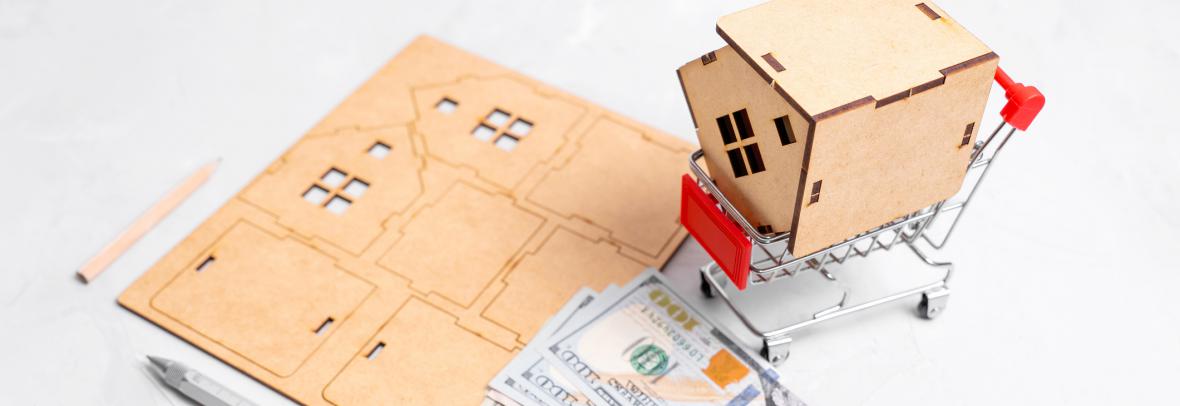
Are Modular Homes Going Mainstream?
Modular, 3D-printed and prefab homes are growing in popularity as rebuilding options after disasters despite image and transportation hurdles.
NEW YORK — Alternative construction methods – modular construction, 3D printing and other non-traditional, prefabricated techniques – are gaining traction as homeowners rebuild after disasters.
Homeowners who are desperate to rebuild quickly are turning to these methods, often because the cost can be less than traditional methods, said Jason Ballard, chief executive officer of ICON, a company that makes 3D-printed homes. ICON is targeting its expansion plans to include Florida.
“Homeowners in a moment of crisis want to try something different,” he told the Wall Street Journal
Vikas Enti, CEO of Reframe Systems, said lower-cost alternatives are entering the mainstream. Reframe Systems is a modular, net-zero homebuilding company that uses robotics to streamline construction and reduce carbon emissions.
"Disasters are actually going to be the turning point" for wider adoption of factory-built housing,” he said.
Non-traditional home building methods have been used widely in Hawaii and California after wildfires destroyed scores of residences. In areas where many construction firms are competing for the same materials and labor to rebuild homes in disaster areas, these manufacturers find they have an edge. Offsite, factory-based construction of homes requires fewer workers and can hold costs down because materials are purchased in bulk.
At the same time, the industry has an image problem. Off-site construction homes have historically been used for lower-budget homes, leaving many with the notion they are lower quality. These builders also face additional expenses in transportation. Shipping homes from one place to another or across the country can become expensive.
Source: Wall Street Journal (06/02/25) Picciotto, Rebecca; Friedman, Nicole
© Copyright 2025 Smithbucklin
